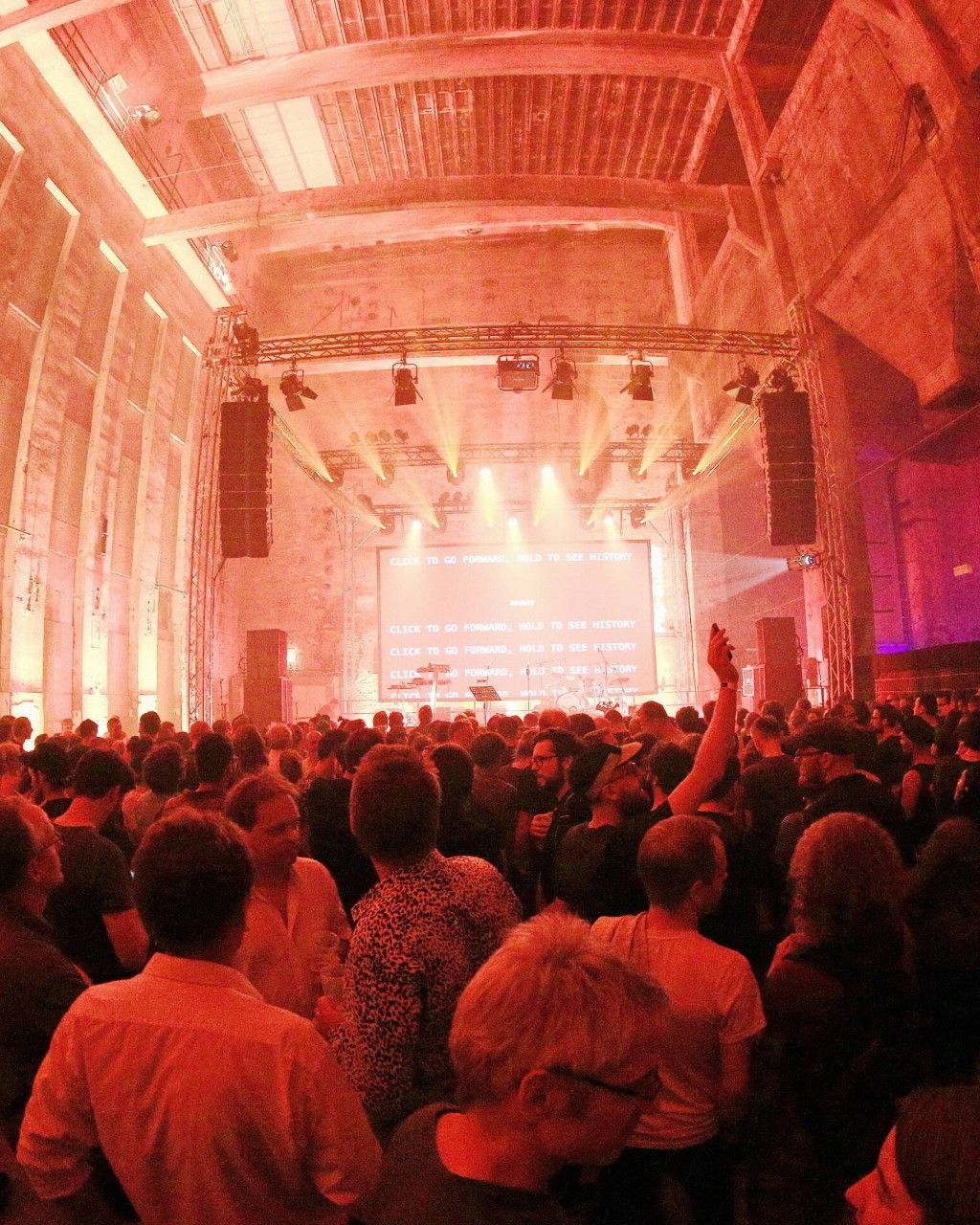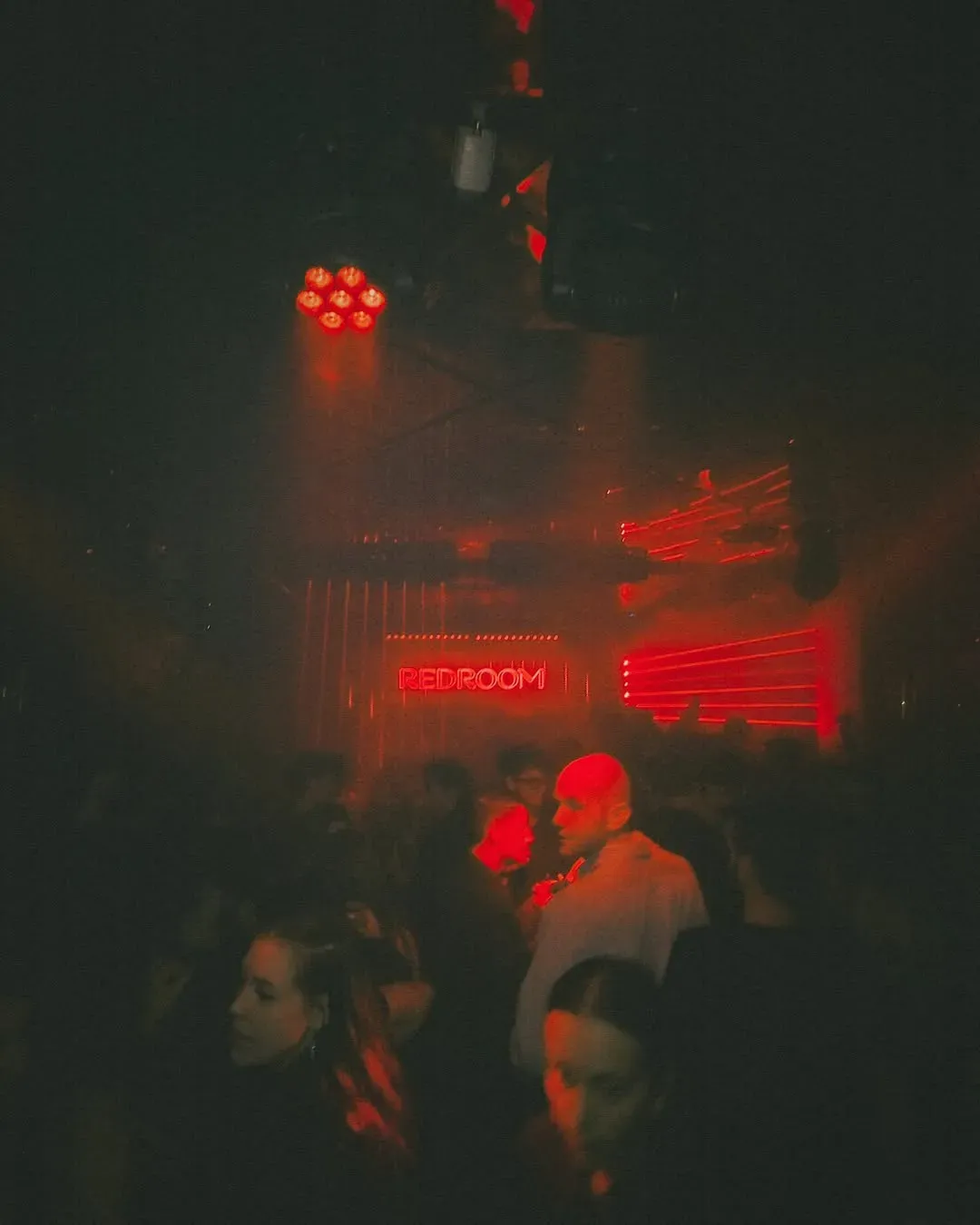
Why Berlin techno has become a UNESCO heritage site From mere clubbing to artistic institution
With a decision that was highly appreciated but frankly took everyone by surprise, Berlin's techno scene has been officially recognized as part of the UNESCO Intangible Cultural Heritage list. A new intangible richness representing one of the six new additions to the German national list of intangible cultural heritage, joining traditions such as climbing in Saxony and Schwalm white embroidery. The decision, jointly made by the Conference of Ministers of Culture of the German states and the Commissioner of the Federal Government for Culture and Media, reflects a growing appreciation for the rich fabric of cultural practices in Germany. With Berlin's techno culture now included, the list boasts a total of 150 entries showcasing the "diversity of cultural life in Germany," according to a press release issued in collaboration with the German UNESCO Commission. The inclusion of Berlin's techno culture, however, unlike historically folkloric practices and techniques usually added to the UNESCO list, emphasizes a broader redefinition of cultural heritage, as explained by Minister of State for Culture, Claudia Roth, challenging the arbitrary division between high culture and popular culture. But what perhaps strikes the external observer the most is the recognition of a music with an associated subculture that is entirely modern and rooted in youthfulness: usually UNESCO heritages, whether material or immaterial, are presences from the past out of place in the present – the inclusion of Berlin techno instead is a radical recognition of the present as well as a testament to an extraordinarily vibrant and current artistic scene.
The initiative to recognize techno culture as part of the intangible cultural heritage was promoted by the non-profit organization Rave the Planet, led by Matthias Roeingh, also known as Dr. Motte, co-founder of the Love Parade. Through events like the Techno Parades held in Berlin in 2022 and 2023, Rave the Planet sought support for this cultural recognition. UNESCO's recognition, then, offers tangible benefits for the techno scene, both socially and legally. By raising awareness of techno's evolution from a niche subculture to a distinctive cultural form, Rave the Planet activists, as reported by the German Spiegel, hope to reduce barriers to the establishment and maintenance of clubs, facilitating access to government subsidies and non-profit support. From a purely cultural standpoint, then, Berlin's techno culture represents a contrast to traditional music consumption methods, having emerged as the soundtrack of the post-reunification era of the city, with the newfound freedoms following reunification facilitating its rise, and is therefore deeply intertwined with its history. Another aspect to highlight is that Berlin's techno culture is not simply interchangeable with normal clubbing but also represents a set of values – one of the historic mottos of rave culture, when Frankie Bones and Adam X imported it to Brooklyn in the '90s, was the acronym PLUR which stands for "Peace, Love, Unity, Respect" since the hedonism celebrated during those parties was more about the sense of freedom, total tolerance, universal love, and community for a generation of individuals who were redefining their concept of community at the dawn of a post-twentieth-century and post-modern society.
The most remarkable fact, however, is that after an initial period of commercialization, during which Berghain's fame was about to engulf other independent clubbing initiatives in the city, monopolizing and suffocating the scene, Berlin's techno culture found new life after the lockdown. In 2020, indeed, Berghain's closure during the lockdown led the authorities together with the Boros family to transform it into an exhibition space opened in September of that year. The Boros Foundation, led by collectors Christian and Karen Boros, known for their private art collection housed in a World War II bunker in Berlin, led the curatorial work of Studio Berlin collaborating with Berghain to organize the exhibition. For the occasion, over 50 artists based in Berlin were visited in their studios within just two months selecting both artists long linked to the Boros, such as Olafur Eliasson and Wolfgang Tillmans, as well as emerging artists never exhibited in a gallery. The point of the exhibition was to represent the diversity of artistic practices within the city, reflecting Berlin's reputation as a refuge for artists due to its accessibility and creative atmosphere. And even before the club reopened in October 2022, the isolation of the lockdown had made Berlin techno a vehicle for collective unity: if Bottega Veneta's show at Berghain attracted controversy and public scrutiny, in the following months the renowned DJ Max Kobosil launched his clothing brand 44 LABEL GROUP for one of whose lookbooks even Sven Marquardt posed who, among other things, also had a cameo in John Wick 4, released last year, confirming the entry of techno imagery into the cinematic cultural mainstream. From Berlin to the whole world.















































